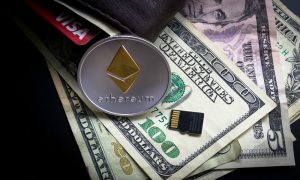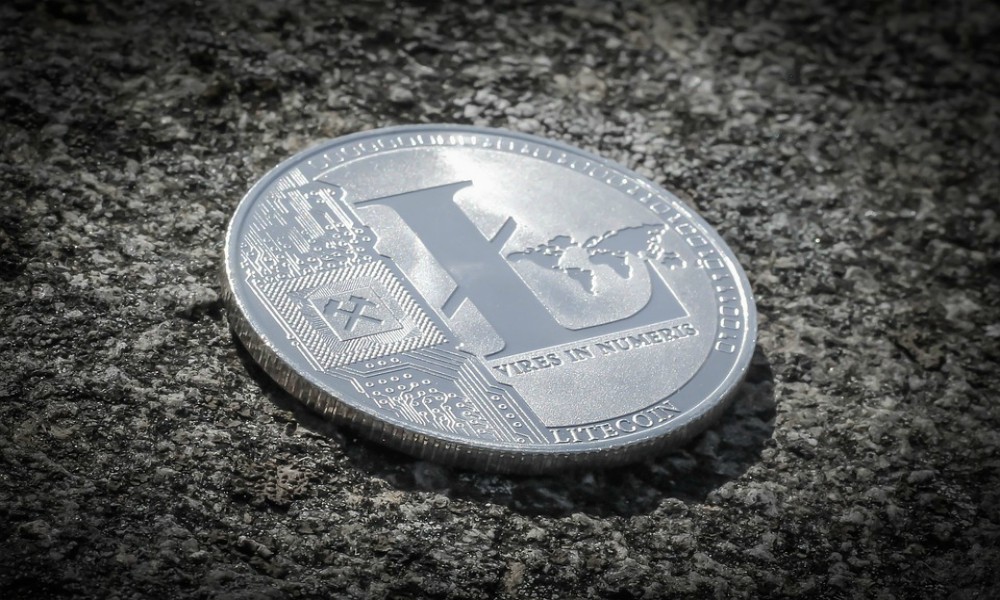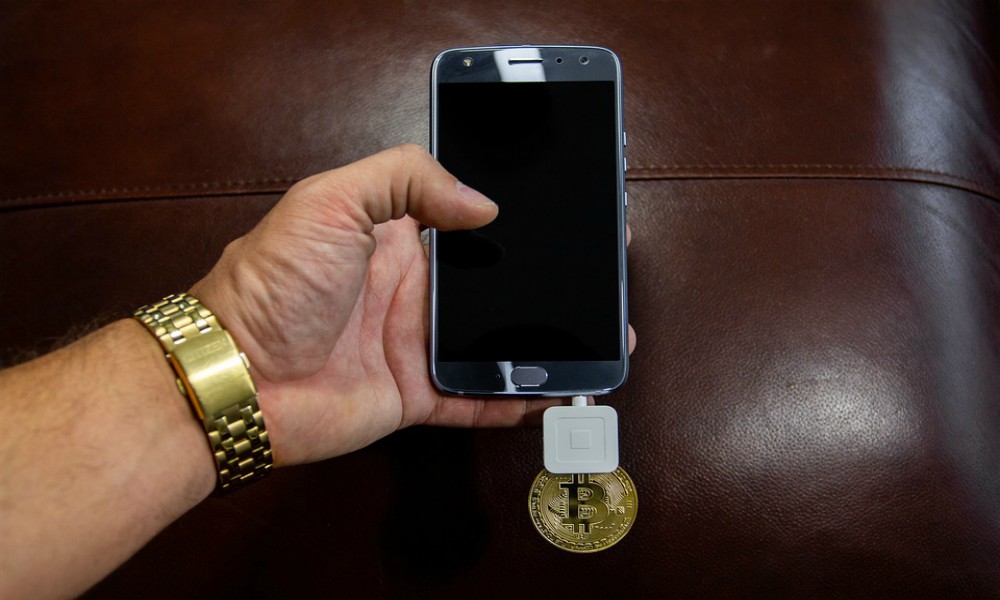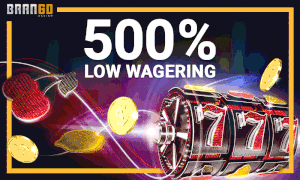
Last week, at the ConsenSys-organized Ethereal Summit in Brooklyn, Ethereum Foundation’s Executive Director, Aya Miyaguchi, reportedly announced the plans to spend $30 million on the development and improvement of Ethereum ecosystem. This means that the company will invest the mentioned amount in different projects aimed at the upgrade of Ethereum’s performance and security.
Speaking at the Summit, Miyaguchi accentuated the willingness to attract academic circles to Ethereum Foundation, as top researchers and developers are of high importance for advancement. The idea was also to secure grants to academic teams and similar institutions.
Another important news that was revealed was the fact that the Foundation will, reportedly, continue to support MolochDAO, which is a decentralized system seeking to provide funding for the Ethereum infrastructure. Just recently, Ethereum founders Joseph Lubin and Vitalik Buterin and their respective organisations ConsenSys and the Ethereum Foundation have each donated 1,000 ether (ETH) to the Moloch decentralized autonomous organization (DAO), as an incentive to raise the value of MolochDAO’s funding pool to over $1 million.
Furthermore, Miyaguchi also announced that the next Ethereum Devcon 5 will be held in Japan from October 8th to October 10th this year. As a reminder, events like this one are important in not just exchanging ideas, but in raising awareness and attracting new talents.
Although there have been voices in ConsenSys criticizing the slow development of certain algorithms, the overall impression was undoubtedly positive.
In previous year, Ethereum Foundation spent $27 million on various grants, all with the goal to support the Ethereum ecosystem. The grants were rewarded in five installments. We remain to see the dynamics of rewarding grants in 2019. What we do know is what Ethereum Foundation will be looking for in a candidate program, as reportedly stated by Aya Miyaguchi:
How important is the problem the team is working on?
How unique is the solution?
Will the grant produce second-order effects?
How urgent is the problem?
Ethereum is the second largest blockchain in the world. So far, the majority of funds have been invested in scalability. Whether this year they will follow the same pattern, it remains to be seen. The founder, Buterin as well as Exec Director, Miyaguchi have announced more news in the following weeks.
Editor’s Note: For the first Ethereum deposit at Casino Brango you will get the exclusive 200% boost + 50 free spins!












